English version of my blog entry can be found below.
Der Mensch verwendet geflochtene Objekte seit Jahrtausenden. Noch heute existieren einige frühe Exemplare aus ägyptischen Gräbern. Mehrere Kästchen und eine Truhe aus Schilfrohr, Papyrus und Binsen stehen im Ägyptische Museum in Kairo.
Im europäischen Möbelbau werden seit dem Mittelalter vor allem Flechtmaterialien aus heimischen Pflanzen wie Weide, Binse und Schilf verwendet.
In den traditionellen Kulturen Asiens war und ist die Rattanpalme vielseitig im Einsatz: Aus ihr entstanden über Jahrhunderte hinweg unzählige Alltags- und Gebrauchsgegenstände – von Fischfallen über Möbel bis zu Hängebrücken. Der Begriff Rattan leitet sich vom malaiischen rotan ab, was „schälen“ bedeutet – ein Hinweis auf die Verarbeitungstechnik, bei der die äussere Rindenschicht entfernt wird.
China gilt als Ursprungsland des mit Geflecht bespannten Stuhls – im östlichen Kulturraum waren solche Möbel über Jahrhunderte hinweg weit verbreitet.
Mit der Kolonialisierung gelangte Rattan ab dem späten 16. oder frühen 17. Jahrhundert nach Europa. Gesichert ist, dass das sogenannte Wiener Geflecht – das charakteristische Achteckmuster, wie es Thonet u.a. im Stuhlklassiker Nr. 214 verwendet – seinen Ursprung im asiatischen Raum hat.
Insgesamt kennt man über zweihundert Arten dieser Kletterpflanze, die sich vom Süden Chinas und Indien über die malaiische Halbinsel bis nach Westafrika erstrecken. Die grösste Artenvielfalt und gleichzeitig das Hauptexportgebiet liegt auf der malaiischen Halbinsel den Philippinen und in Indonesien.
Rattan ist ein ökologisch wertvoller, nachwachsender Rohstoff, der in enger Symbiose mit dem Regenwald wächst und zur Erhaltung der Biodiversität beiträgt. Die handgeerntete Pflanze sichert das Einkommen vieler lokaler Gemeinschaften und fördert gleichzeitig den Schutz der Tropenwälder, indem sie nachhaltige Nutzung und eine moderne Kreislaufwirtschaft unterstützt.
Herzlichen Dank an Henriette Jordan für ihre wertvolle Unterstützung und fachkundige Anleitung während des Kurses.
Quellen:
-
- Miller, Bruce W., and Jim Widess. The Caner’s Handbook: A Descriptive Guide with Step-by-Step Photographs to Restoring Cane, Rush, Splint, Danish Cord, Rawhide, & Wicker Furniture. New York: Sterling Publishing, 1991.
- Thonet GmbH. „Geschichte & Marke: Nachhaltig verflochten: Thonet und das Rohrgeflecht“, (abgerufen am 22. Juli 2025)
https://www.thonet.de
English Version:
Wiener Geflecht – A Viennese Classic in Handwoven Furniture
From traditional cane craft to timeless design
Humans have been using woven objects for thousands of years. Some early examples still survive today, including several small boxes and a chest made from reed, papyrus, and rush, preserved in the Egyptian Museum in Cairo.
In European furniture making, woven materials from native plants such as willow, rush, and reed have been used since the Middle Ages.
In the traditional cultures of Asia, the rattan palm has long been, and continues to be, a highly versatile material: over the centuries, it has been used to create countless everyday and utilitarian objects – from fish traps and furniture to rope bridges. The word rattan is derived from the Malay term rotan, meaning „to peel“ – a reference to the harvesting process in which the outer bark is stripped away.
China is considered the birthplace of the woven-seated chair. In East Asian cultures, such furniture was widespread for centuries.
With colonisation, rattan was introduced to Europe in the late 16th or early 17th century. It is well established that what we now call Wiener Geflecht – the characteristic octagonal cane weave used by Thonet, among others, in the classic No. 214 chair – has its origins in Asia.
Today, over two hundred species of this climbing plant are known. They range from southern China and India across the Malay Peninsula to West Africa. The greatest diversity of species – and the main export regions – are found in the Malay Peninsula, the Philippines, and Indonesia.
Rattan is an ecologically valuable, renewable resource that grows in close symbiosis with the rainforest and supports biodiversity. It is harvested by hand by local farmers, providing them with a stable income and promoting the long-term conservation of tropical forests through sustainable use and participation in a modern circular economy.
Special thanks to Henriette Jordan for her invaluable guidance and support throughout this course.
References:
-
- Miller, Bruce W., and Jim Widess. The Caner’s Handbook: A Descriptive Guide with Step-by-Step Photographs to Restoring Cane, Rush, Splint, Danish Cord, Rawhide, & Wicker Furniture. New York: Sterling Publishing, 1991.
- Thonet GmbH. Thonet – History of the Brand: “Nachhaltig verflochten: Thonet und das Rohrgeflecht“, accessed July 22, 2025.
https://www.thonet.de
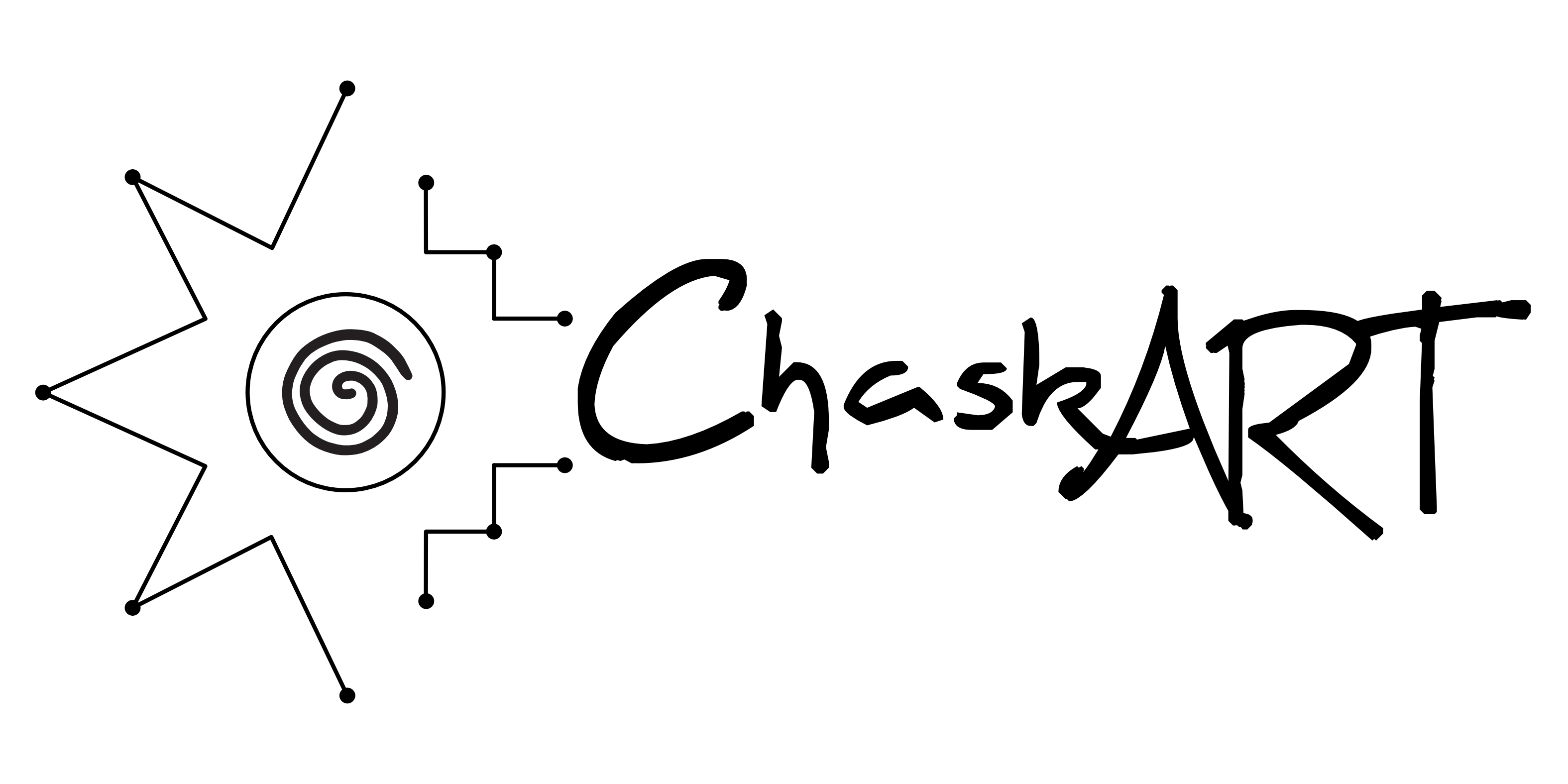
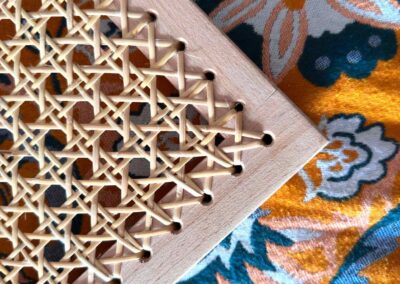
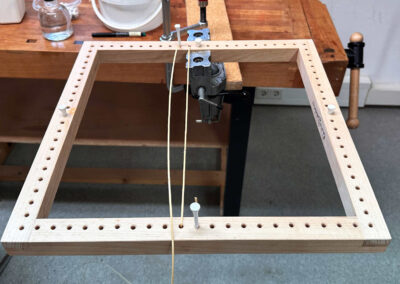
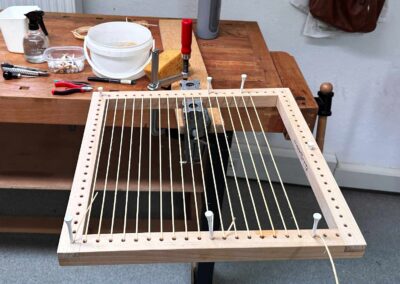
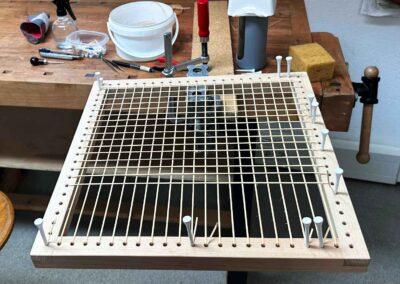
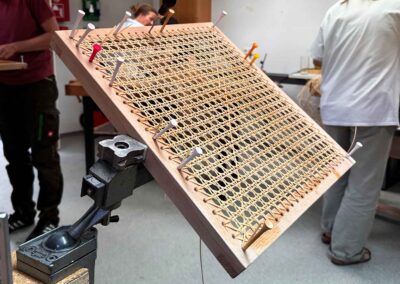
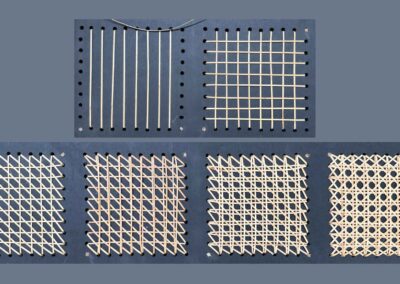
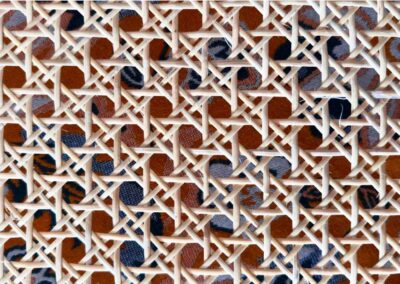

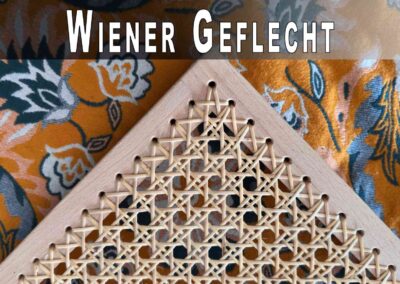
Neueste Kommentare